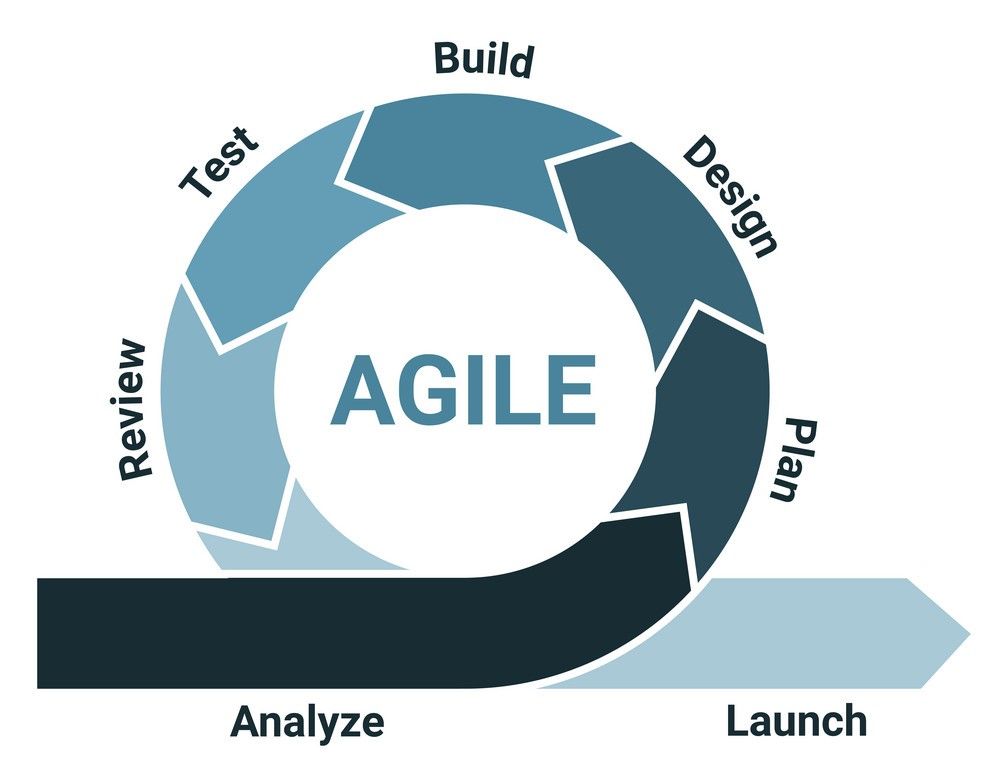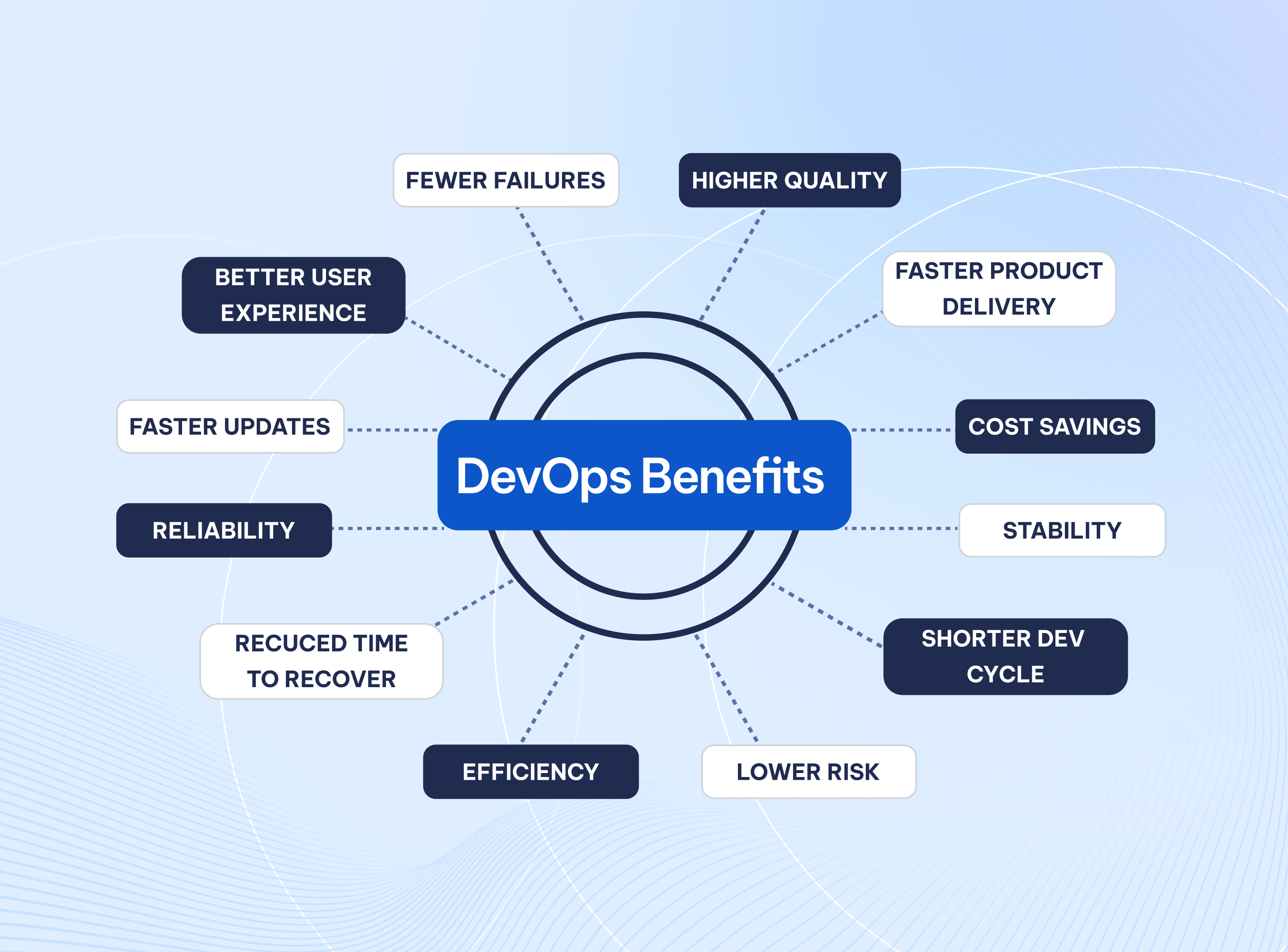Adapting Agile Methodologies for Software Developers
Published on Dec 19, 2023
With the emerging popularity of Agile methodology among software development companies, many long-standing companies and startups now set the goal of having an Agile team as a standard.
Despite this, establishing an Agile team requires some understanding. So here is a crash course on Agile and how to apply it.
What is Agile Methodology?
Simply put, agile is an approach to project management and development that aims to streamline the development cycle by breaking it up into short phases called sprints.
A sprint usually lasts from one to four weeks and should have a working deliverable at the end to showcase the team’s effort. Its fast-paced nature also encourages team members to improve and adapt continuously.
A thing to note here is that software teams do not apply Agile in the same way that one applies a technique. Rather, Agile provides a set of core values that is turned into frameworks such as Scrum, Kanban, and Lean.
These frameworks come with their official certification of different levels, with training and certification tests provided by many firms around the world. However, it is not necessary to have everyone in the team acquire these certifications, what matters is knowing how to apply.
Usually, a team using an Agile approach would follow a cycle containing planning, executing, and evaluating.

What can Agile bring you?
Here are some examples of what Agile can bring to both customers and software development teams.
- Cost-effective: By addressing high-priority features first and incorporating changes as needed, Agile helps organizations allocate resources more efficiently.
- Increased visibility and transparency: Regular status meetings and a deeper focus on collaboration allow customers to better track progress, understand potential challenges, and make informed decisions.
- Continuous improvement: Once each sprint cycle ends, a review and retrospective step is implemented so employees can reflect on their process.
- Faster time-to-market: Promoting iterative development and delivery of small, incremental releases makes it more likely for a team to implement valuable features in time. It also allows customers to respond rapidly to new demands for a competitive edge.
- Improved quality: An Agile team can deliver a more reliable and robust final product by identifying and addressing issues early in the development process.
- Risk mitigation: By breaking the project down into smaller phases and assessing potentials regularly, an Agile team and proactively manage risks that might appear during development.
- Increased employee satisfaction: By encouraging employees to take ownership of their work, combined with a focus on collaboration between teams, employees are more likely to have higher job satisfaction and morale.
How to implement Agile into your team
Pick a framework and stick with it
Currently, some of the more popular frameworks in the market are Scrum, Kanban, and Lean, each offers its own set of benefits to the workflow and can even be used together.
- Scrum: one of the most common framework, Scrum emphasize empiricism and lean thinking and is structured to make a team more capable of adapting to changes. Best read about Scrum here.
- Kanban: a form of management method using a Kanban board that helps with visualizing tasks, and tracking work items as they progress through different stages, providing transparency and enabling teams to optimize their workflow.
- Lean focuses on efficiency and tries to eliminate as much as possible from the work process — ensuring optimal efficiency.
It is important to adopt a framework as early as possible before tackling any projects to give your team time to learn and become familiar with the process.
Hire a specialist coach and educate your team
Hiring a specialist who can train the core values of Agile to your team is a popular move among many companies.
An example is a Scrum Master — who applies the framework to the team that they are working in and is in charge of coaching and managing the team on how to conduct proper Scrum-style work.

Once team members are more equipped for working in an Agile team, they can also go and get their own certifications for future employment and can be used to coach newbies in your team as well.
Plan out your project vision
Now that you have an Agile team and have started working on a project, it is vital to ask yourself “What is the end goal of this project, how will I achieve it?”
By determining the amount of work and the milestones, you and your team can build a work strategy or the Scope of Work (SOW) to gain a more complete picture of what the project will look like.
Create a product roadmap
With a clear strategy in mind, you can now visualize it into a roadmap — a high-level view of the requirements necessary to achieve the product vision that has been laid out in the last step.

In Agile projects, it is common practice to create a goal-oriented product roadmap, which focuses on achieving outputs such as removing technical debts and gaining more customers and engagement.
Sprint Planning
Your team will now plan short development cycles called sprints, which can last from 2 to 4 weeks. A Product Backlog is created, detailing the tasks and items that your team can complete within that timeframe, and work on them throughout that specific sprint.
Commit to daily standups
Daily stand-up meetings help facilitate communication within the team and allow you to check in on everyone’s progress, challenges, and plans for the day.
Review and Retrospective
Finally, there should be a review and retrospective process at the end of each sprint — see what has and has not been done. Use feedback from retrospectives and metrics to identify areas for improvement and make adjustments to enhance team performance for the next sprint.
Conclusion
Agile is not just a simple improvement to consider but has become a standard in software development that all companies should follow if they want to become successful. By implementing these practices and principles, software development teams can benefit from the agility and adaptability that Agile methodologies offer.
FABA Technology prides itself in masterfully adapting Agile to reach maximum customer satisfaction, reach out to us for a consultation and see how your projects can benefit from offshore software development here.











